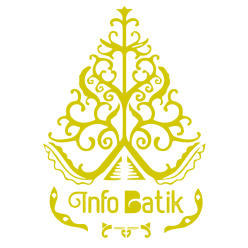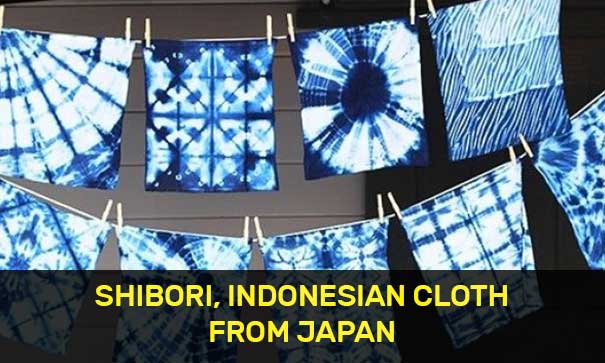One of the most popular Indonesian batik in the country is Shibori, please note that this type of batik is a coloring technique originating from Japan’s Sakura country. Taken from the word Shibori (Shiboru) which means cloth that is dyed by tying and dipping. Shibori in ancient times was used during the Japanese Empire. It is said that this cloth is used because the coloring can last up to 600 years, which does not fade easily. This Shibrori concept can also be related to a similar coloring technique, namely tie dye with a tie dye technique. So that the resulting color is random and irregular.
6 Shibori Coloring Techniques
Within the country itself, Shibori has several local terms such as in Java which is known as jumputan, in Banjarmasin known as sasirangan, or in Palembang known as Pelangi. At least this technique is divided into 6 coloring techniques such as:
1. Kanoko Shibori
The technique that is most often found in Indonesia is where it is tied with thread at random or before being tied the cloth is folded first so that the resulting motif is in the form of circular spots.
2. Miura Shibori
This technique is usually used by beginners who want to learn the technique of dyeing fabrics at home. The materials needed are quite simple, only a few threads to tie the desired part of the fabric. The result was a coloring with random results.
3. Arashi Shibori
Taken from the word arashi in Japanese which means storm. This technique, as the name suggests, produces a pattern that resembles a storm, by wrapping the fabric around the pipe diagonally. The less-tight winding makes for a beautiful hurricane motif.
4. Itajime Shibori
With the help of two sticks, a piece of plain cloth is clamped between the two sticks, then tied with string and thread to produce a checkered pattern.
5. Kumo Shibori
This technique is explained in detail, and is the most difficult technique. The cloth is folded in such a way and then also tied with thread. With high accuracy. This Kumo technique produces a spider motif. This technique is because the process is cumbersome so it is sold at a higher price.
6. Nui Shibori
Nui is a coloring technique that is most different from the others. Nui uses certain stitch patterns that are made in an orderly and harmonious manner. This motif will also create a stitch pattern that has already been made.


